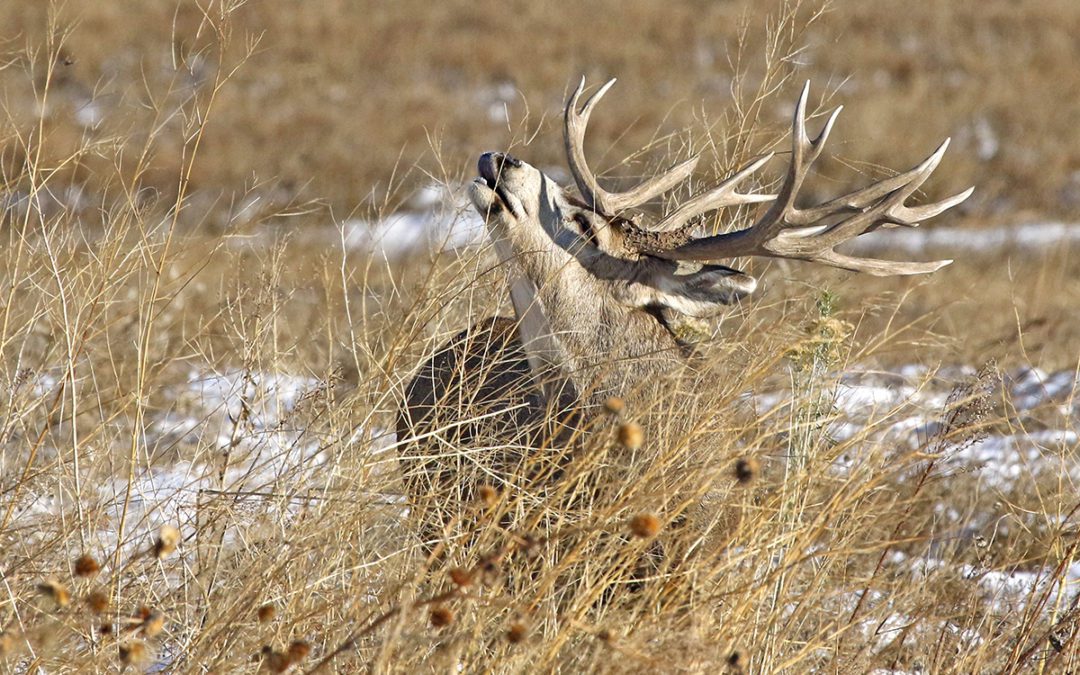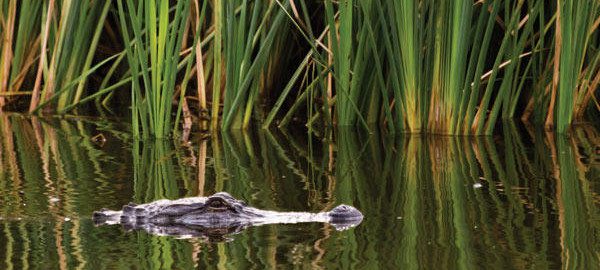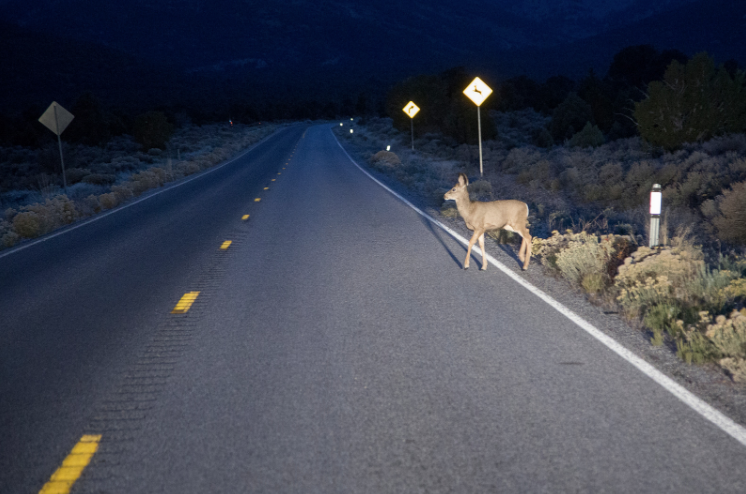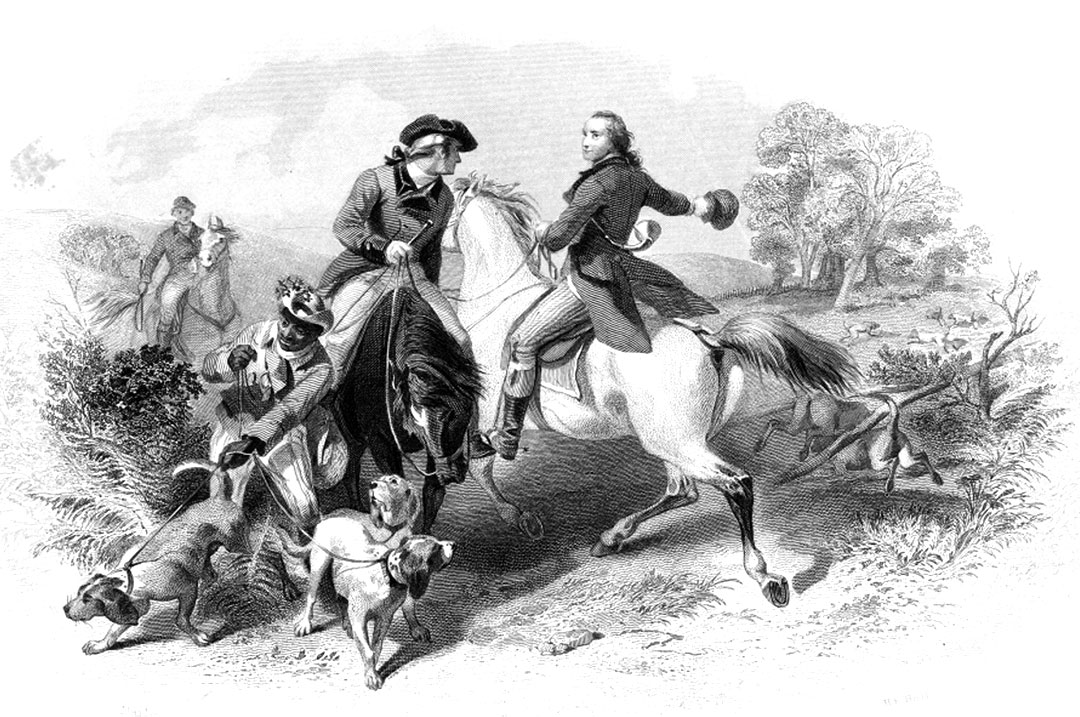A superlative trophy reminds us that killing doesn’t make someone a hunter.
The winter’s first storm had busted out of the Arctic like a death row inmate with nothing to lose. For three days it ran roughshod along both flanks of the Canadian Rockies, emptying highways and liquor store shelves with staggering efficiency. As it crossed the Montana border, it became desperate, throwing everything it could muster at us under the threat of a warm air mass rolling in from the Pacific Ocean.
The leading edge of the storm hit on a Friday afternoon, but it was coming on the last weekend of big game season, so I didn’t pay it much attention. Instead, I began the Saturday-morning drive early, chained up before leaving the main access road, and then broke trail up the north side of a mountain toward an unmarked trailhead. The big bull elk I’d been chasing for two weeks would probably take this as his cue to leave his high, hanging valley and drop down into the endless miles of dog-hair above the Clark Fork where I could never find him. But there was always the hunter’s chance.
It took longer than I’d anticipated to gain the trail, now little more than a creamy white line disappearing into the trees, but daylight was running behind as well. I had an hour of hard going to get where I wanted to begin the ritual of step-and-look-then-glass. After making a quick decision to leave the snowshoes tied on my pack, I wrestled into the straps, grabbed the big rifle, and pushed forward through knee-high powder.
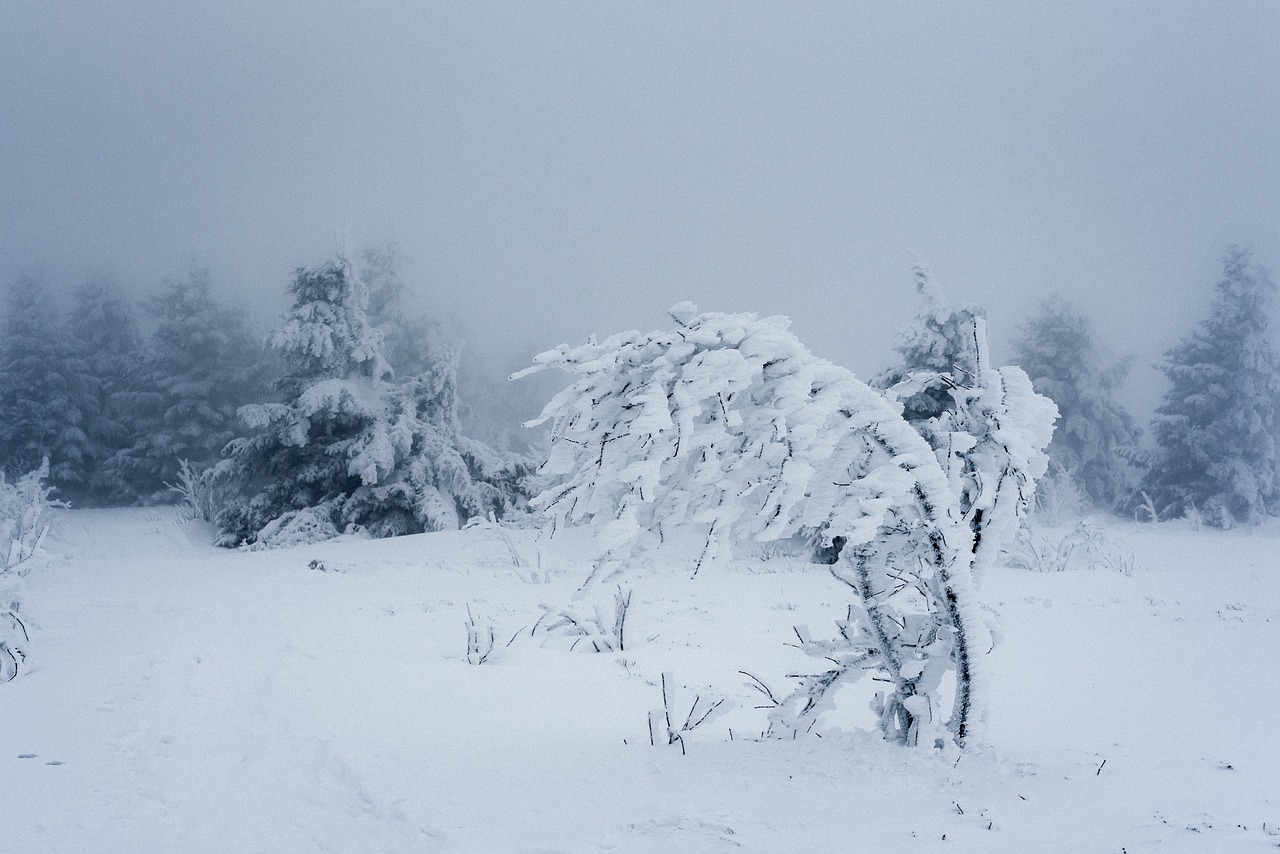
Now a full-blown blizzard, the headlamp’s beam only found the trail if pointed just ahead of my toes.
As I gained elevation the snow piled deeper, slowing my pace. Now a full-blown blizzard, the headlamp’s beam only found the trail if pointed just ahead of my toes. Every few minutes I would stumble into a heavy bough and dump snow down the back of my neck.
Light was just a dull gray at the crest of the mountain where I needed to begin searching for the bull. Normally, the view west was lighted by the rising sun. Today it was impossible to see more than a few yards, let alone the half-mile needed. To compound matters, the wind was swirling upslope and driving quarter-sized flakes with enough force to sting. At times it seemed to be snowing in two directions. Hoping for the best, I stuck it out for an hour, then retraced my path back to the truck.
After brushing a foot of new snow off the hood, I savored a hot cup of coffee while the heater worked its magic. Feeling somewhat better, I started down. By the time I reached the valley floor, the snow had turned to rain, so it made sense to look over some broken foothill country that looked good on the map.
I don’t really remember how long I had driven or what caused me to look uphill through a gap in the trees, but across the canyon the rump patch of a mule deer caught my eye. A quick scan with binoculars revealed several does, all of them alerted to the same little cluster of trees just below. Since it was their rut and I had a buck tag, I wanted to see if what held their attention was interesting to me as well. Grabbing the spotting scope and, reflexively, my rifle, I jumped out of the truck and quickly set up.
The buck walked into the spotting scope’s field of view from below. Head back and low, he crowded each of the does in turn, checking their level of interest. His body was half-again as big as theirs, and his thick, dark antlers lay well past his ears before turning upward into a pair of rocking chairs with sticker points going in every direction. He was, by far, the finest mule deer buck I’ve ever seen alive.
I abandoned the spotting scope and rolled into the rifle. Bipod down, I twisted the Leupold up to 10x and tracked his movements, waiting for a broadside. The reticle was settled, even though he still looked far away, and I knew that the hundreds of rounds I’d fired at the range were about to pay a jackpot. The wind was gusting, so each time it slacked I put a bit more pressure on the trigger. The rifle would startle me now at any second. The buck turned and stopped.
I surprised myself by stopping the squeeze. Something wasn’t right. The buck was the trophy of a lifetime and deserved better than to be sniped from the side of a road. I got back into the spotting scope and began to plan a stalk. With a hard climb and more luck than I deserved, I might be able to find him again.
The rain kept coming down hard, driven nearly horizontally by the wind. GoreTex be damned; I was soaked to the bone by the time I reached a white snag marked as the place to begin my stalk. If everything was right, the buck would be somewhere below on a small finger ridge and well within shooting distance.
I’d moved just steps when I noticed the doe. She must have heard something and was working her namesake ears overtime to sort it out. I froze, waiting and hoping. Eventually she relaxed, then walked over the crest of the ridge. I imagined her joining up with the big buck.
Feeling pretty good about myself, I took a single rookie’s step. The buck exploded from behind a stand of firs just 50 feet away and tore down the slope. Through the scope, all I saw were those tremendous chocolate beams floating away. There was no shot.
I ran to a higher vantage point, hoping for a chance. When he didn’t show, I took a knee and started glassing, knowing it would take a very long time to slide back to the truck. Beat from the climb as much as the letdown, I was in no hurry to get started. Instead, I worked the binoculars while imagining how it would have felt to wrap my fingers around those antlers if the stalk had worked and how different I would feel if I’d taken the shot from the road.
While pondering it all, I spotted a pickup truck grinding its way along the valley floor far below. Something looked out of place, so I set up the spotting scope and found it again. There were four men in the truck, two of them standing in the bed holding onto the roll bar. Everyone brandished rifles. Between the two in back lay at least one deer. The clank of empty cans and the sound of loud voices occasionally rose above the rain.
I watched them for a long time, fearful that the path of the big mulie might intersect. Thankfully, it didn’t. Tired and wet, I headed back down to my truck.
I turned the day over during my drive home, feeling good about the decision even though the only thing I had to show for it was a pile of crumpled, wet clothes where the buck of a lifetime could have been. It was good to know he was out there and that I had the opportunity to go back and try to find him again tomorrow.
At the same time, the thought of the four men in the truck festered. In the most basic sense, they had been successful where I had not, but success in hunting takes many forms. It bothered me that I had worked so hard while they had apparently taken a deer so easily, as did the lack of appreciation they clearly displayed for the opportunity to hunt in the first place. That said, what bothered me most was the sticker on their back window, one I recognized as being from a wildlife conservation organization.
As soon as I pulled into the garage, my young son, Ross, raced out and asked if I’d killed the elk. I pulled him onto my lap and told him about the snow, the big buck, and the new country I had discovered. Knowing how much I valued the solitude of hunting, he then asked if I had seen any other hunters.
“No,” I answered, in complete honesty.
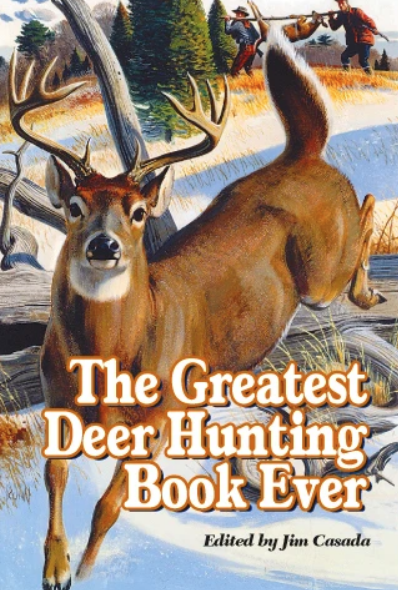 The Greatest Deer Hunting Book Ever provides what is in effect a portable hunt camp, replete with stirring sagas of whitetail delight. In these pages, the deer season is always open and the sport’s joys endlessly unfold.
The Greatest Deer Hunting Book Ever provides what is in effect a portable hunt camp, replete with stirring sagas of whitetail delight. In these pages, the deer season is always open and the sport’s joys endlessly unfold.
On these pages is a stellar lineup featuring some of the greatest names in American sporting letters. There’s Nobel and Pulitzer prize-winning William Faulkner, the incomparable Robert Ruark in company with his “Old Man,” Archibald Rutledge, perhaps our most prolific teller of whitetail tales, genial Gene Hill, legendary Jack O’Connor,Gordon MacQuarrie and many others.
Altogether, these carefully chosen selections from the finest writings of a panoply of sporting scribes open wide the door to reading wonder. As you read their works you’ll chuckle, feel a catch in your throat or a tear in your eye, and venture vicariously afield with men and women who instinctively know how to take readers to the setting of their story. Buy Now

